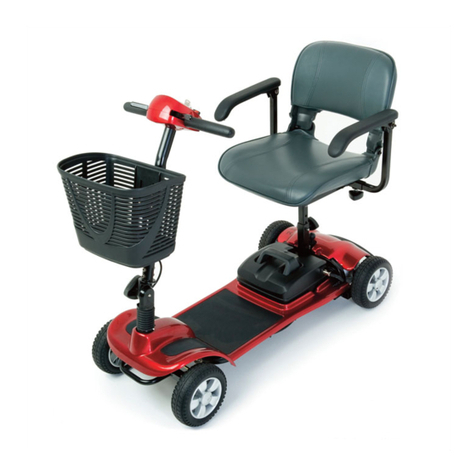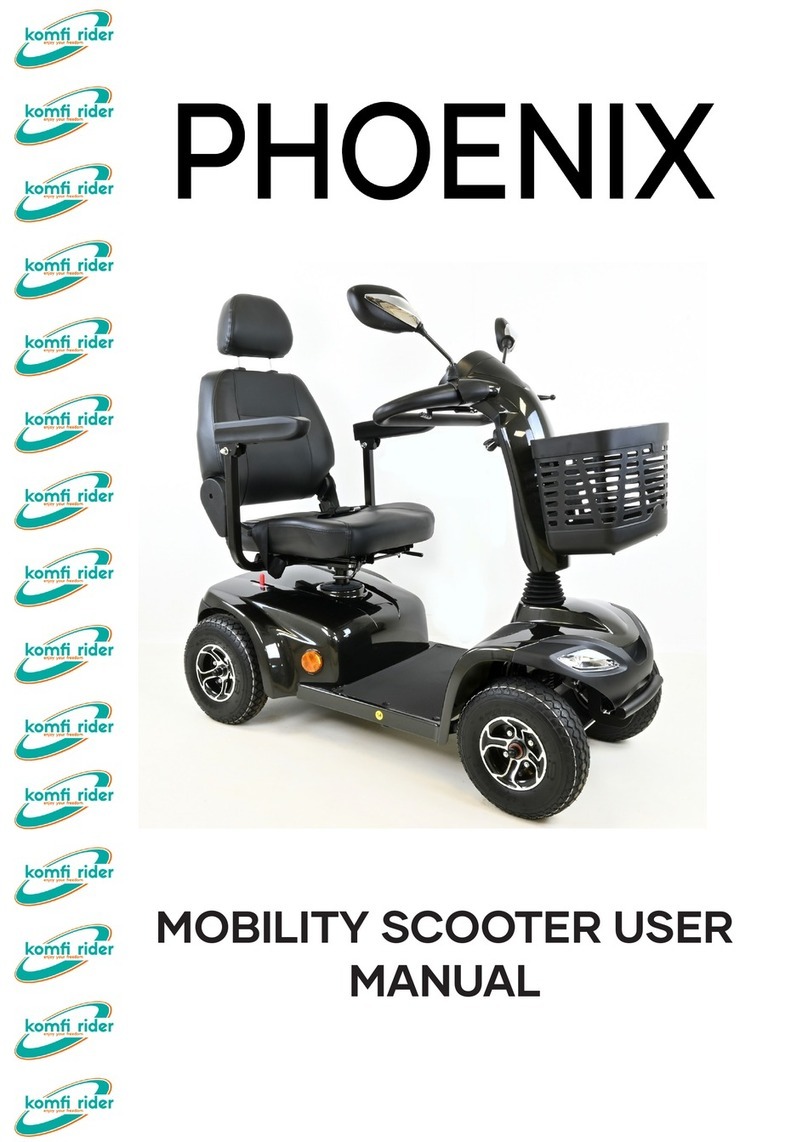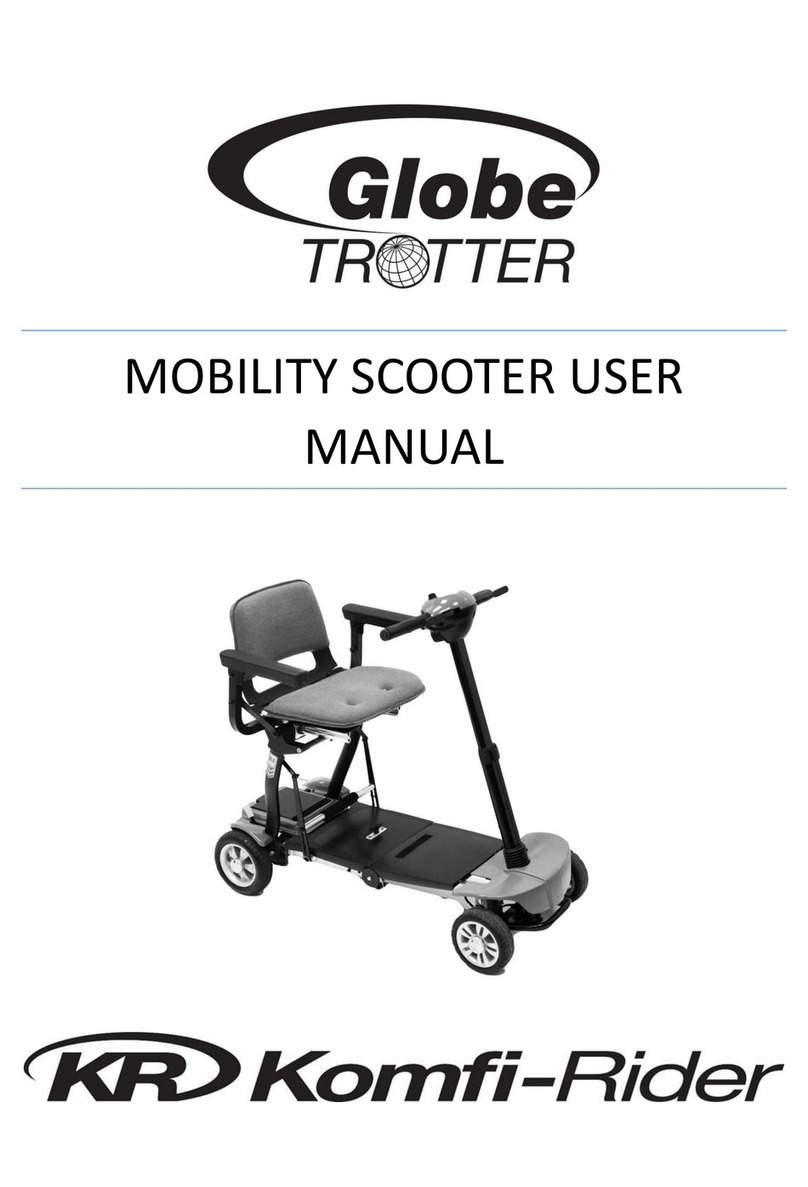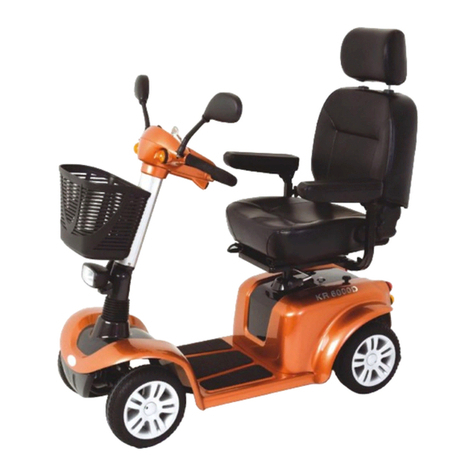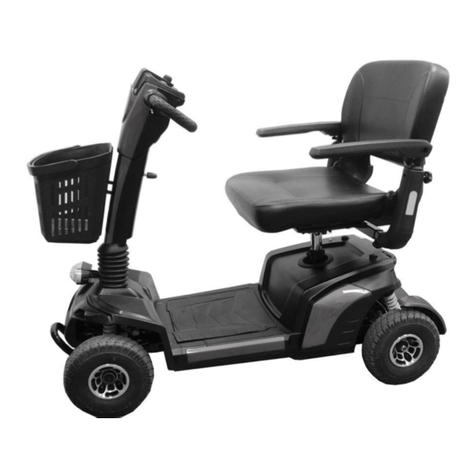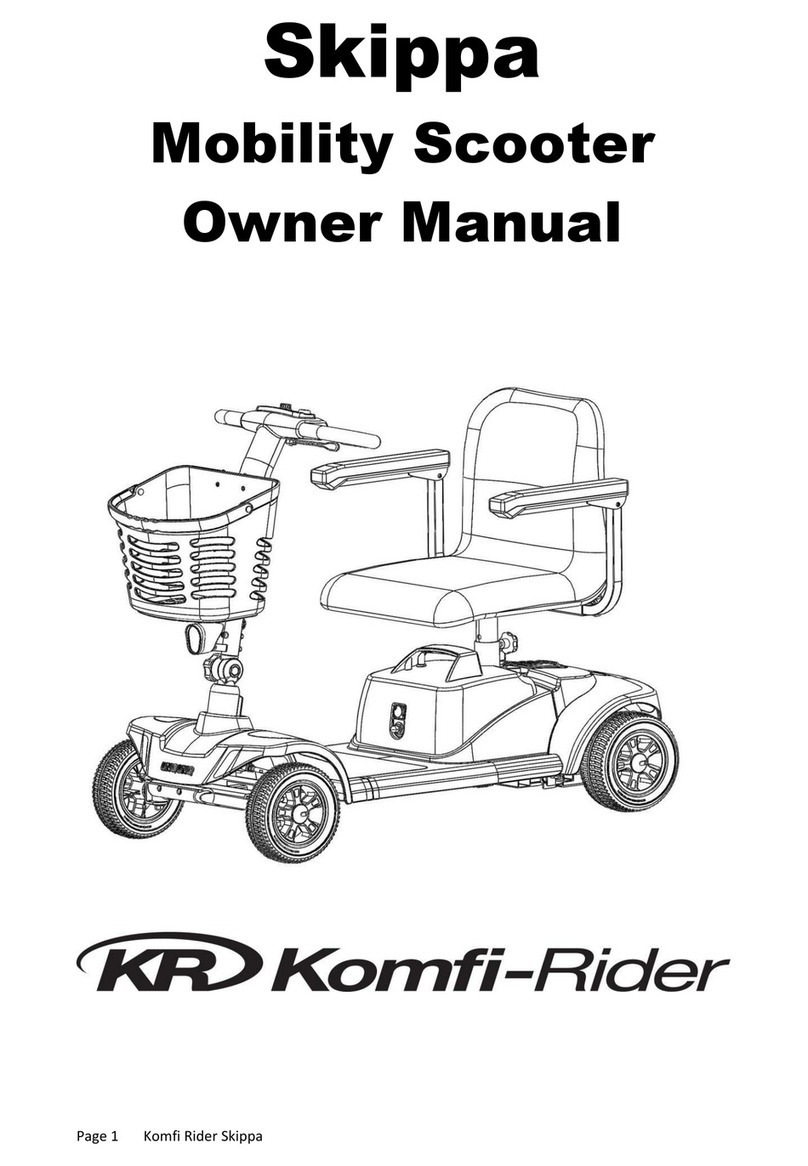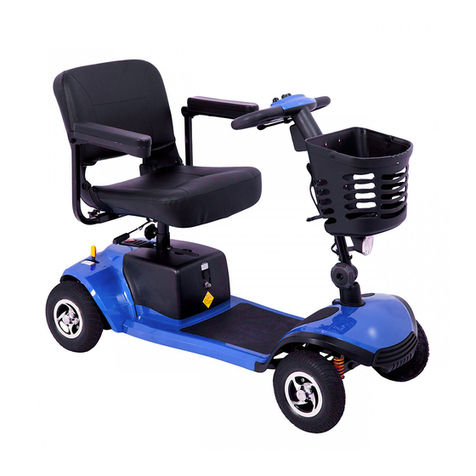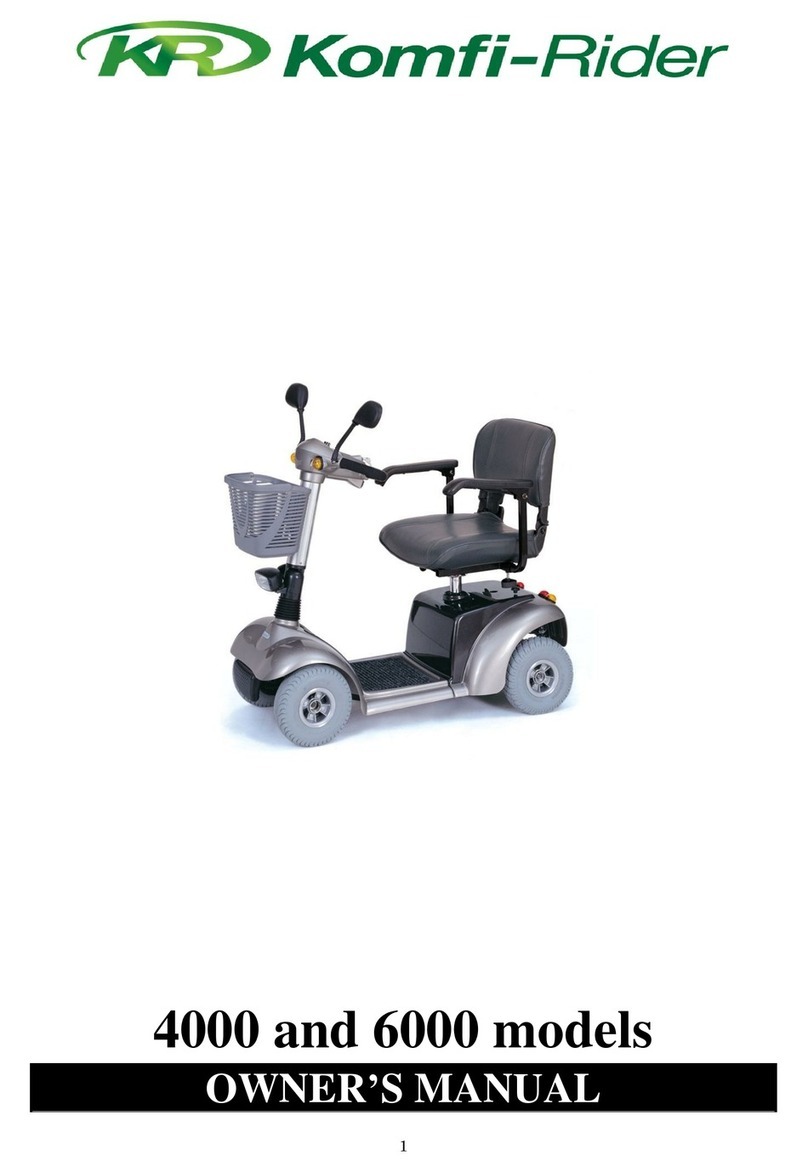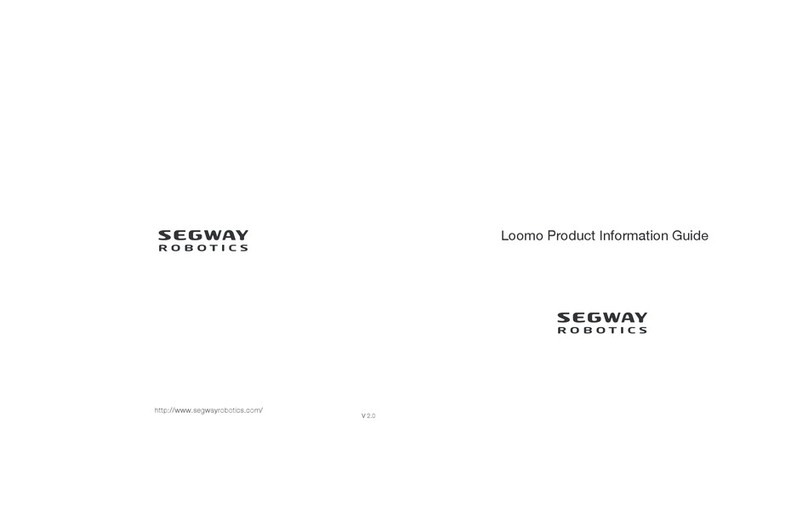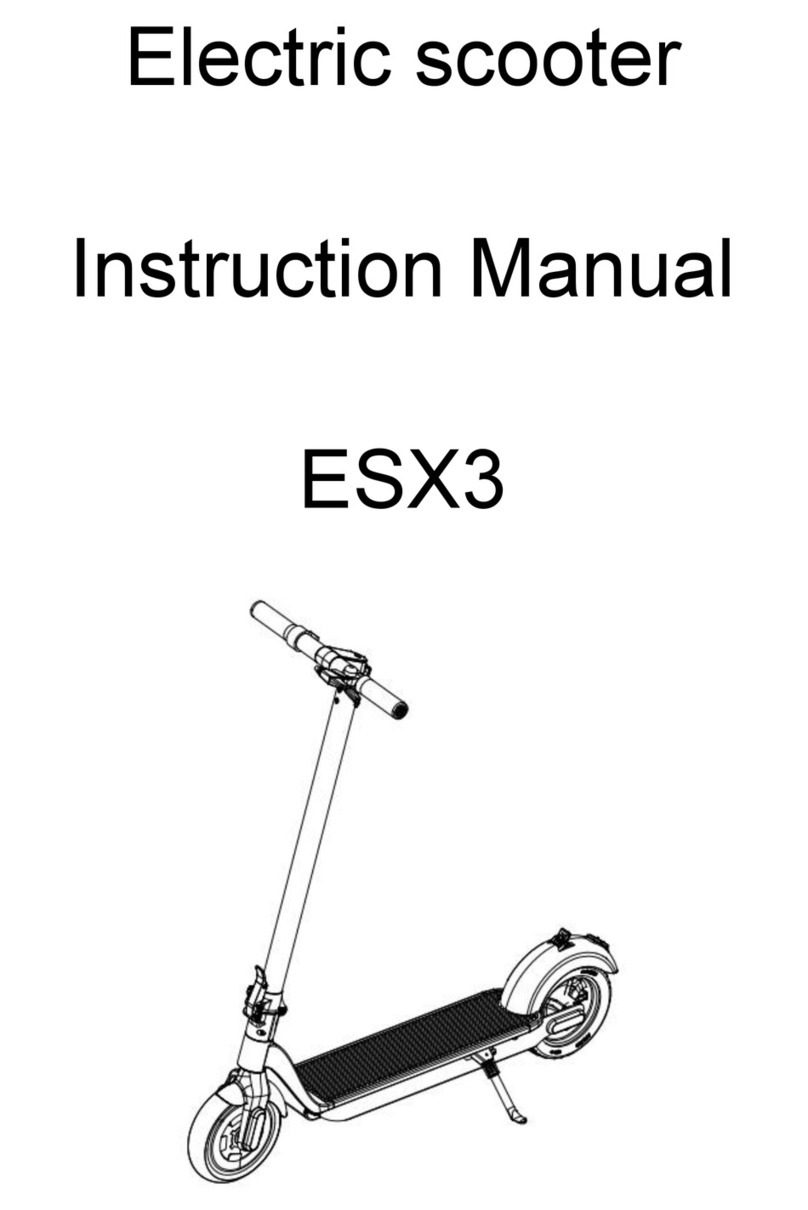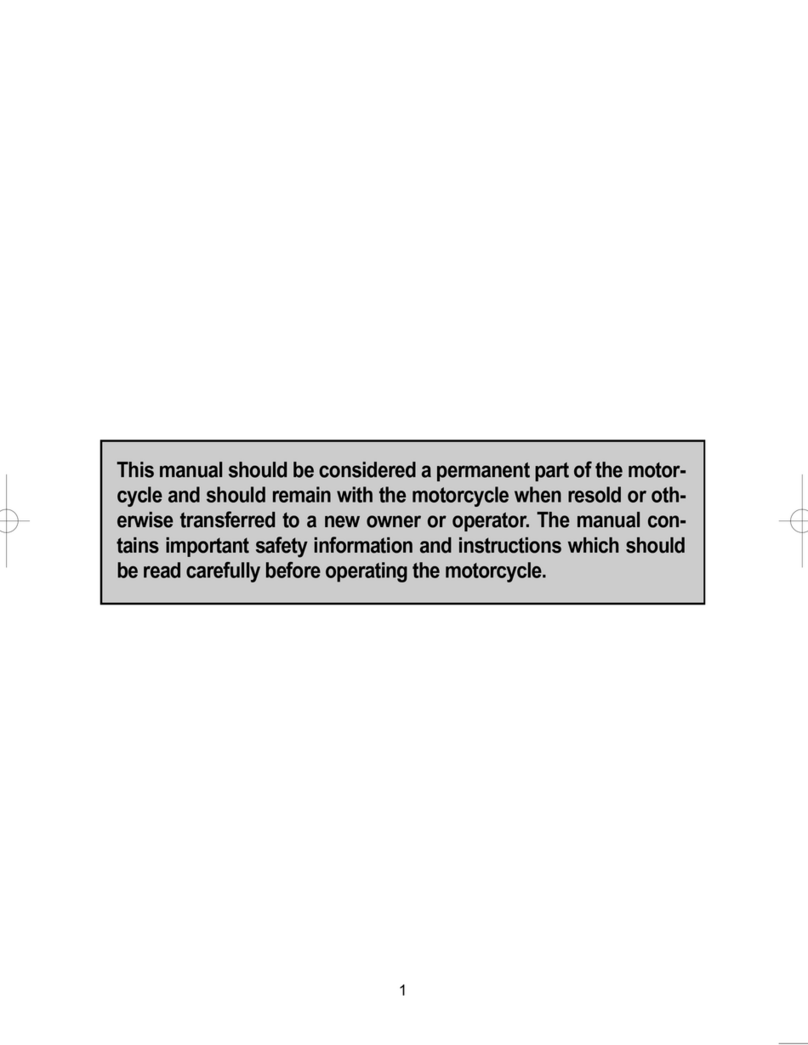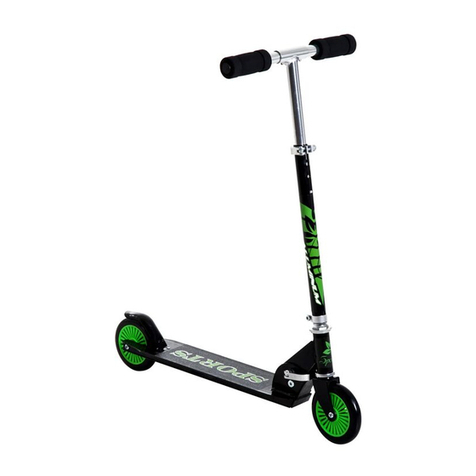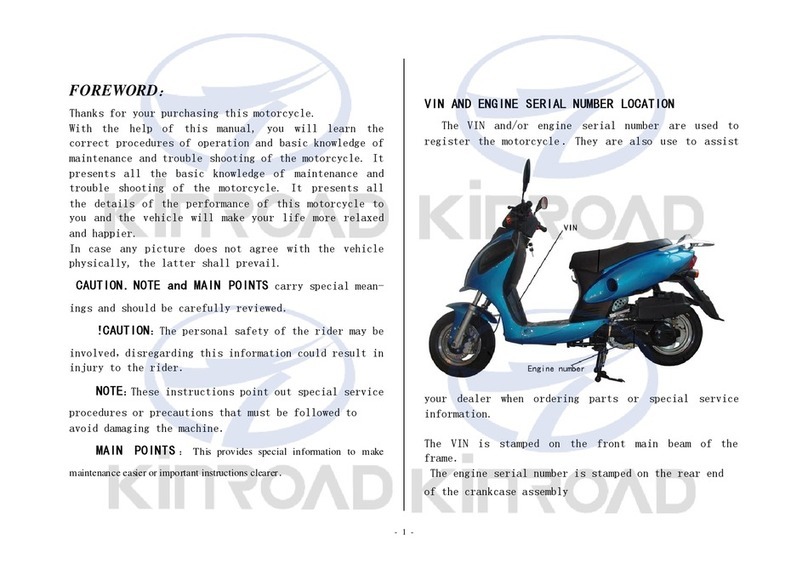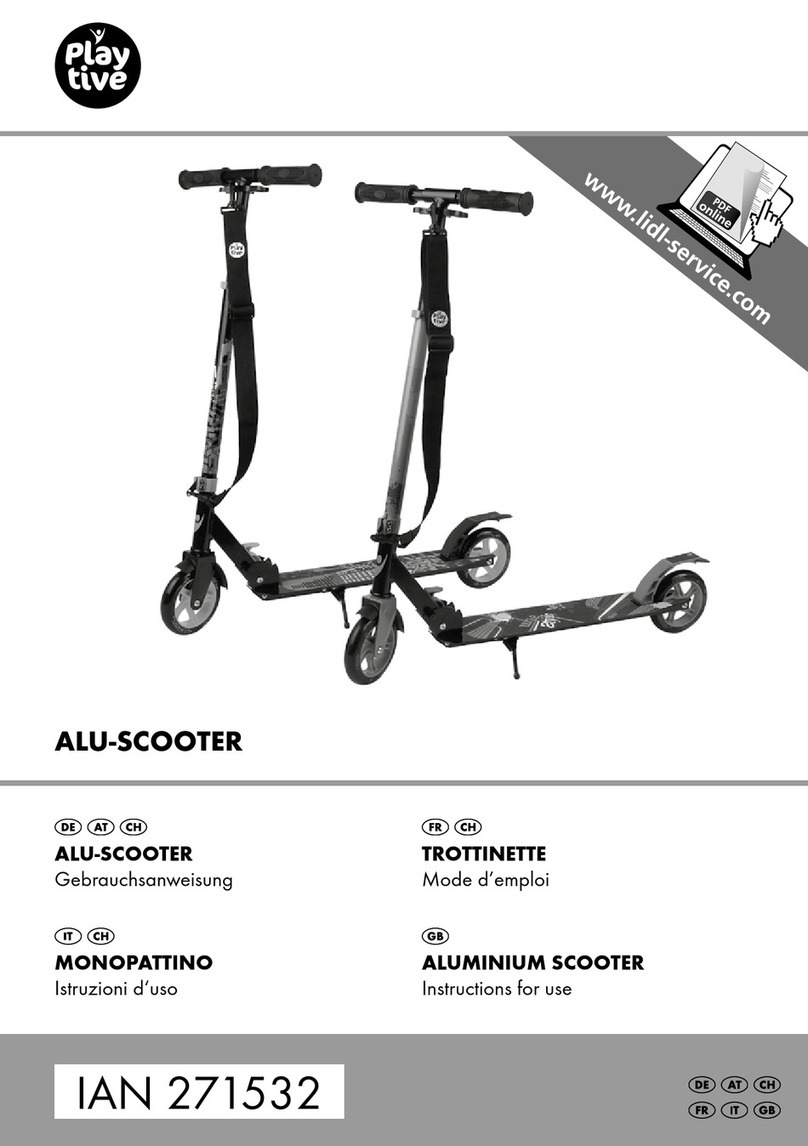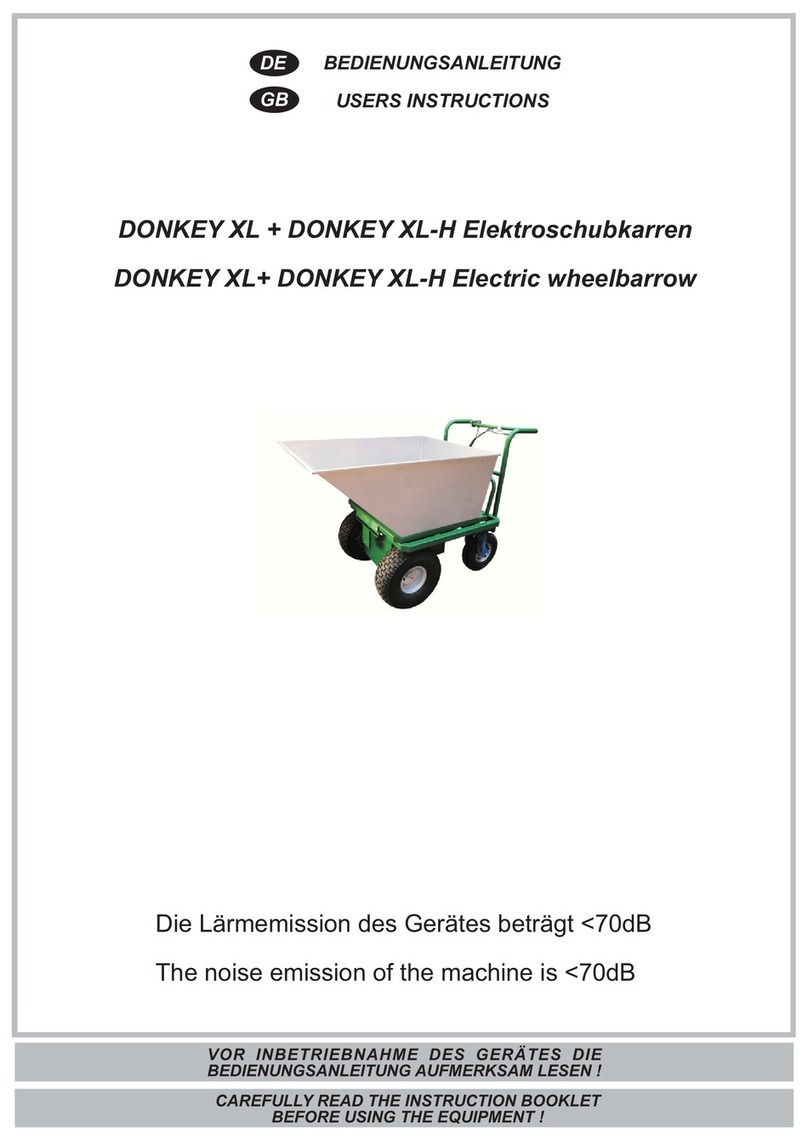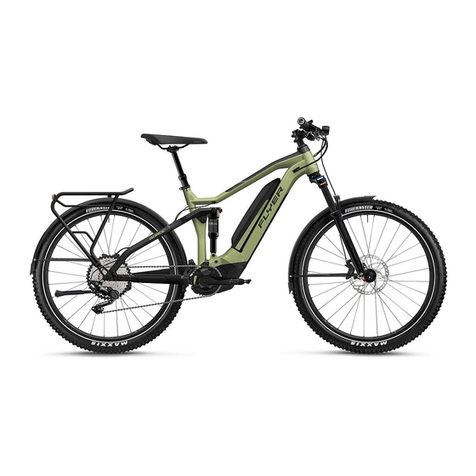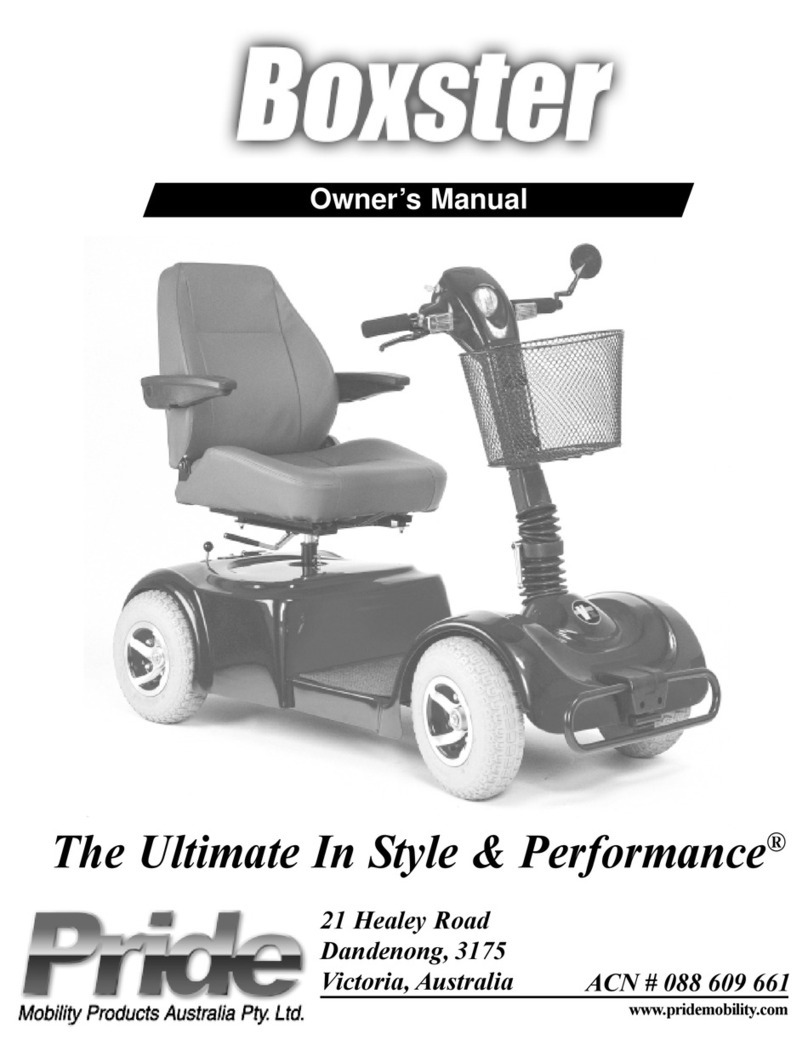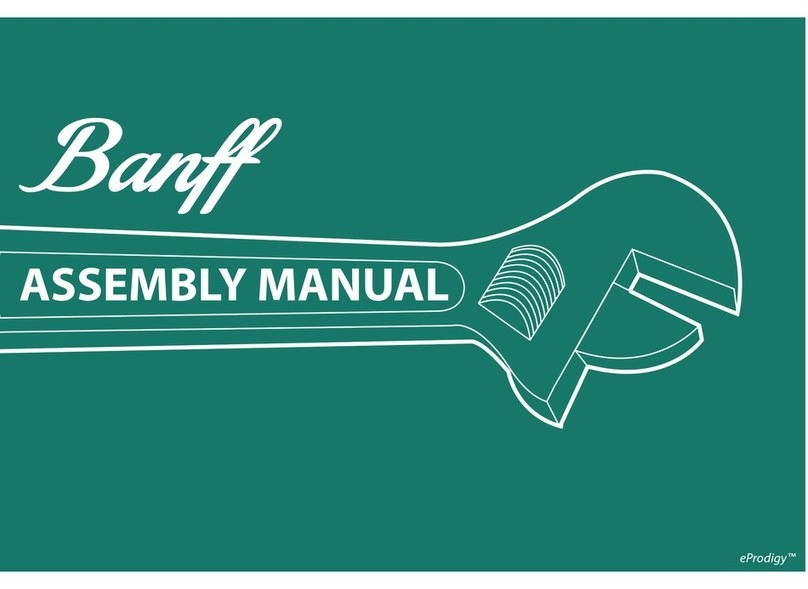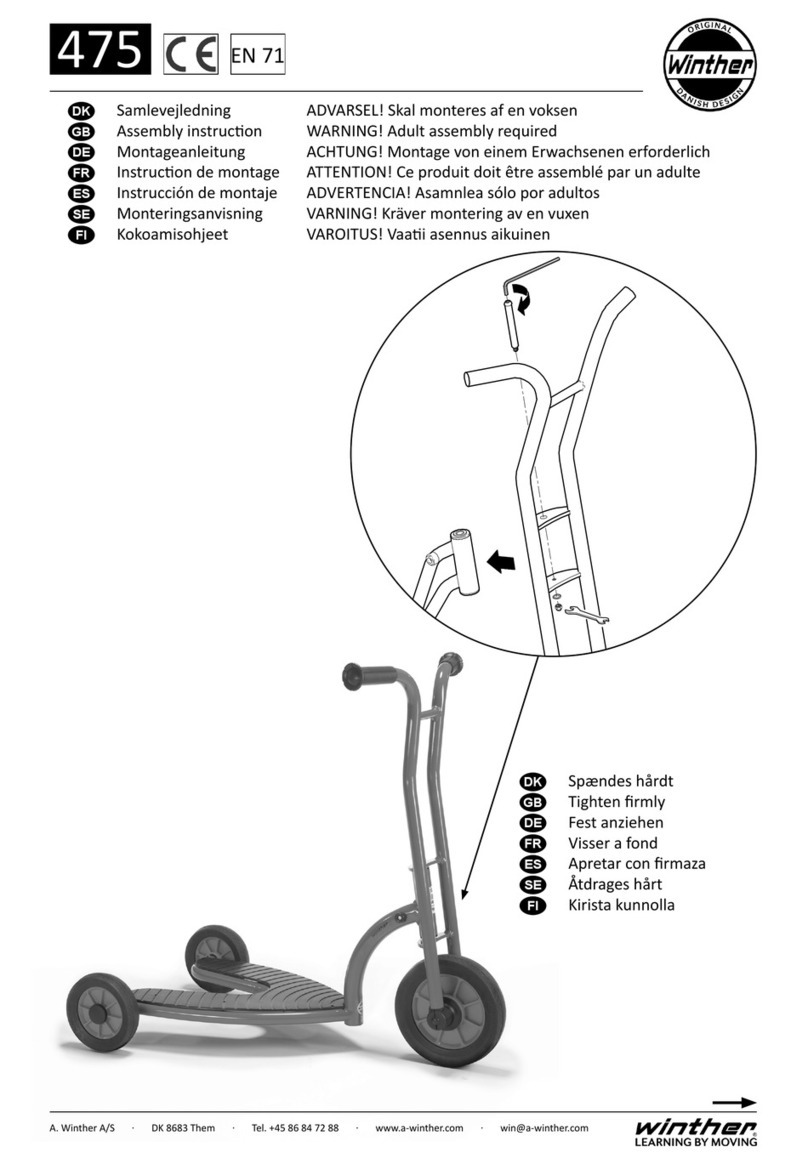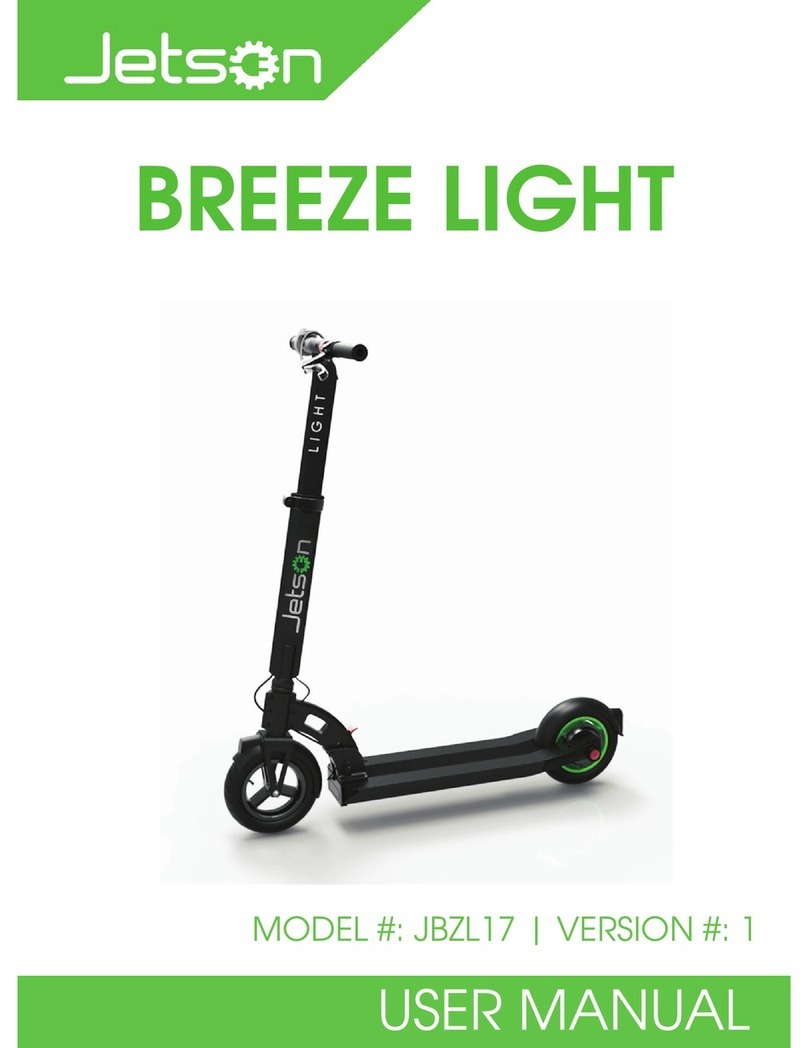
2
1.0 SAFETY GUIDELINES
WARNING! An authorized Provider or qualified technician must perform the initial
setup of this scooter and must perform all of the procedures in this manual.
The symbols below are used throughout this owner's manual and on the scooter to identify warnings
and important information. It is very important for you to read them and understand them completely.
WARNING! Indicates a hazardous situation that could result in serious injury or death if
it is not avoided.
CAUTION! Indicates a hazardous situation that could result in minor or slight injury if it
is not avoided.
! IMPORTANT! Indicates a hazardous situation that could result in damage to property if it is
not avoided.
іUSEFUL TIP! Recommendations and information for efficient, trouble-free use.
Your scooter is a state-of-the-art life-enhancement device designed to increase mobility. We provide
an extensive variety of products to best fit the individual needs of the scooter user. Please be aware
that the final selection and purchasing decision regarding the type of scooter to be used is the
responsibility of the scooter user who is capable of making such a decision and his/her health care
professional (i.e., medical doctor, physical therapist, etc.).
The contents of this manual are based on the expectation that a mobility device expert has properly
fitted the scooter to the user and has assisted the prescribing health care professional and/or the
authorized provider in the instruction process for the use of the product.
There are certain situations, including some medical conditions, where the scooter user will need to
practice operating the scooter in the presence of a trained attendant. A trained attendant can be
defined as a family member or care professional specially trained in assisting a scooter user in various
daily living activities.
As you begin using your scooter during daily activities you will probably encounter situations in which
you will need some practice. Simply take your time and you will soon be in full and confident control as
you manoeuvre through doorways, on and off elevators, up and down ramps, and over moderate
terrain.
Additional general information can be found on the supplemental information sheets and booklets
included in your Owner’s Package. Please fully read and review the information, and keep it readily
available for future reference.
